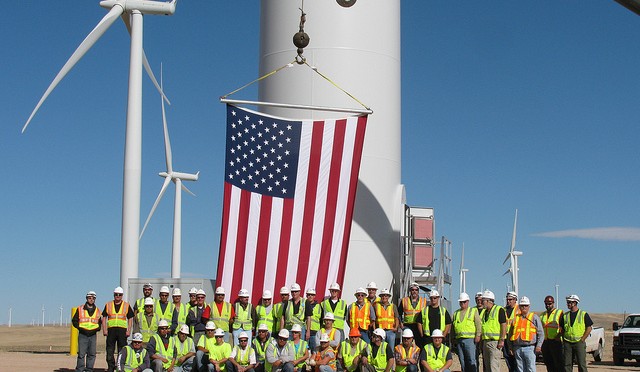This week, the Atlanta City Council passed a measure to power the city entirely on renewables by 2035. The move also requires the the transition of all city operations – including powering public buildings – to 100 percent renewable energy by 2025.
In doing so, Atlanta became the 27th city – the first in Georgia and the first major city in the Southeast – to make a 100 percent clean energy commitment. Other major cities to announce 100 percent commitments include San Diego, Salt Lake City, and Chicago. Some of the cities – such as Aspen, Colo.; Burlington, Vt.; and Georgetown, Texas – have already hit their targets.
City Councilman Kwanza Hall, who introduced the legislation, said: “We know that moving to clean energy will create good jobs, clean up our air and water and lower our residents’ utility bills. We never thought we’d be away from landline phones or desktop computers, but today we carry our smart phones around and they’re more powerful than anything we used to have. We have to set an ambitious goal or we’re never going to get there.”
Atlanta’s commitment underscores the necessity of building out high-voltage transmission lines to bring cheap, clean wind energy from where it’s generated in the Wind Belt to population centers in the Southeast.
For example, Clean Line Energy Partners’ proposed Plains & Eastern Clean Line transmission project will deliver 4,000 megawatts of wind power from the Oklahoma panhandle to customers in the Mid-South and Southeast. That’s just one instance of the kinds of infrastructure that will bring wind energy from cheapest, best resource areas to places where electricity demand is highest. Studies routinely show these sorts of projects more than pay for themselves.
Atlanta joins an ever-growing list of U.S. cities leading the charge on renewable energy. Across the country, municipalities large and small are proving that we can save money, create cleaner air and spur American job creation by generating more of our energy from renewable sources.

